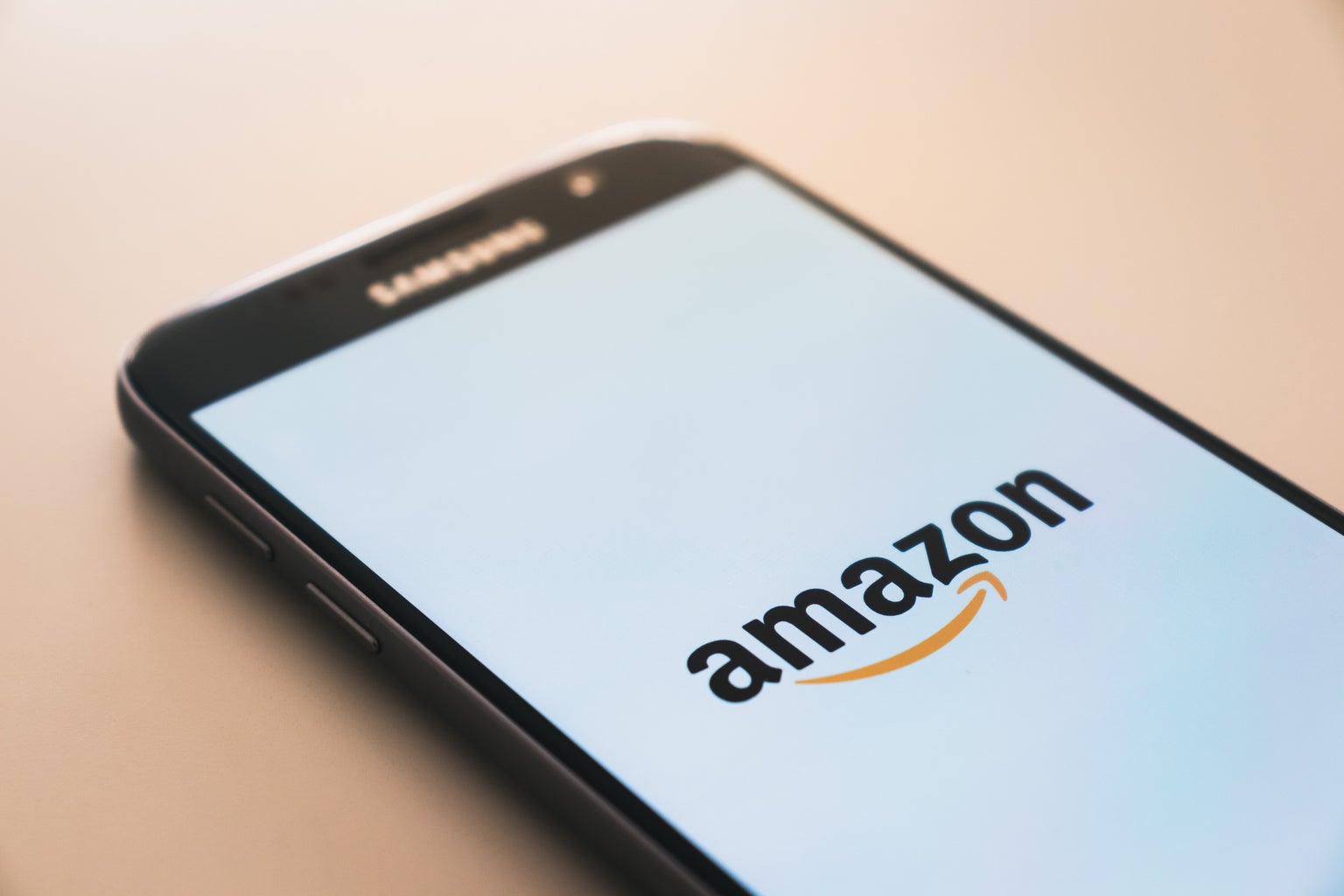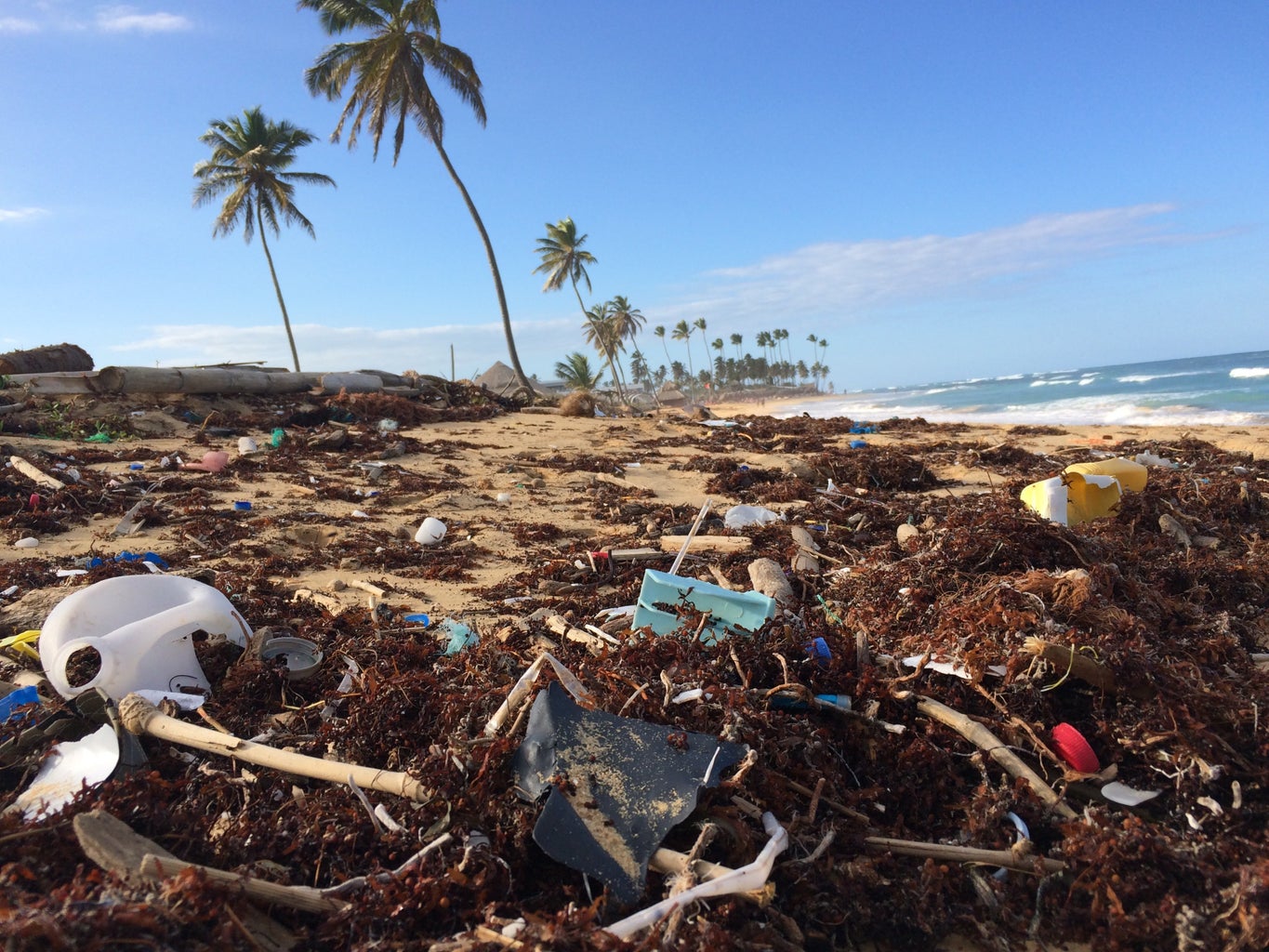With the increasing rise of social media influence on teens and tweens and the micro-trend fashion takeover, it is getting harder and harder for kids to stay in style— and for their parents to fund these ever-changing wardrobes. As a kid, I was always decked out in Walmart or Target clothes. Eventually, I transitioned to shopping at places like Forever 21 and Aeropostale where I could buy 10+ items for $100. Some of those pieces I would love and wear on repeat, while some would get one use and then be cast away into the back corners of my closet, never to be seen again.
Today, our Forever 21 and Aeropostale equivalents have become places like SHEIN, Nasty Gal, and H&M. With skirts priced as low as $2.40 and full bikini sets under $12 on SHEIN, it is almost impossible not to get lured into adding these “incredible” deals into your cart. For a parent, wanting to please your kid and get them the clothes they might like one season and grow out of the next, or for teens trying to budget their mere monthly allowance to get a cute new outfit, these fast fashion brands seem like a win-win— but, in reality, they are actually really harmful.
As the consumers, it may appear that we are winning. But the people, dare I say children, making the clothes, and the environment are certainly facing a devastating loss. The lack of transparency from companies such as SHEIN regarding their supply chain, working conditions, or minimum ages of their employees makes it hard to believe they are fulfilling every unsupported claim they have made towards social responsibility.
When bringing such points up to the adults in my life, I have been faced with responses such as “Well at least the kids have a job. Better for them to have something to do than nothing.” or “If I chose not to buy from these fast fashion brands, everyone else will anyway so it won’t make a difference” or “You kids these days don’t get what it’s like in the real world and that you have to make sacrifices” or “The world isn’t so black and white Anjana, there is more to it than you can understand. You’ll get it when you grow up and have your own money and kids to take care of.”
Well, excuse me if I think child labor is bad. I didn’t realize that was so controversial and radical of me to think. Sorry my bad, I’ll try to think through my arguments more realistically next time.
Okay. Just did— still think child labor is bad.
I am not here to talk about the ethics of the fast-fashion industry, because with a simple Google search you will already find hundreds of articles on this topic. I want to bring attention to the so-called “progressive” or “far-left” view of believing the fast fashion industry is bad. Is it too progressive to think that children shouldn’t be put to work in foreign countries, or that the environment shouldn’t be deteriorated due to our SHEIN haul addictions just because it has never been done under capitalism? You might argue that at least the kids working in sweatshops are earning money to feed themselves, but I say they shouldn’t have to work in sweatshops to put food in their mouths. Why is it that their only options seem to be work or nothing or even worse? Why can’t there be another option for them to go to school and learn just like me and my peers have done all our lives? Is that too progressive to ask?
Now I can already predict your response, “That’s how it’s always been and that’s how our world functions.” But my “progressive” view is that this isn’t how our world should function. We need to demand more from each other rather than becoming complacent and sitting comfortably in our privileged lives. Yes, these demands are way easier said than done and can’t just happen with a snap of a finger. But in order to achieve this one day in the future, we must take the first step.
We must say, at the very least, that these practices are not acceptable instead of claiming that this is just how things work.
Want to keep up with HCBU? Make sure to like us on Facebook, follow us on Instagram, check out our Pinterest board, and read our latest Tweets!





